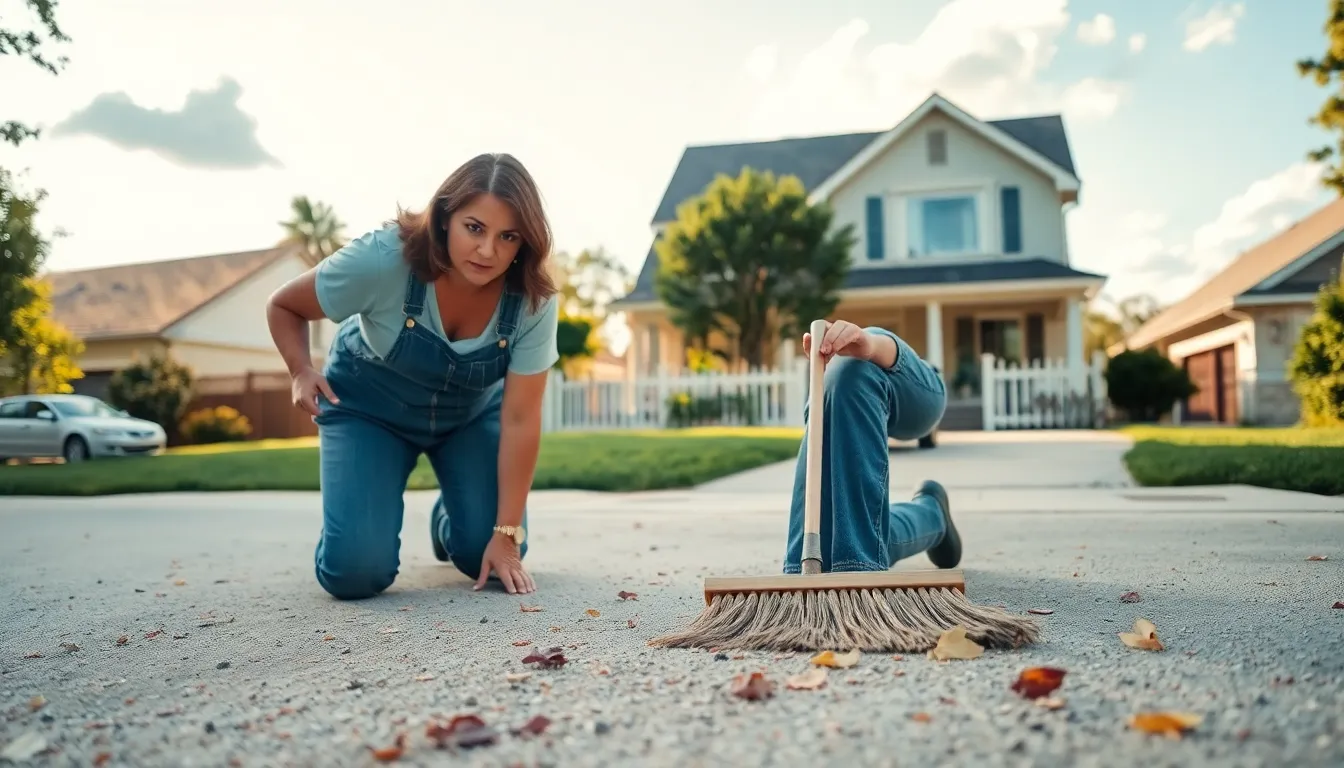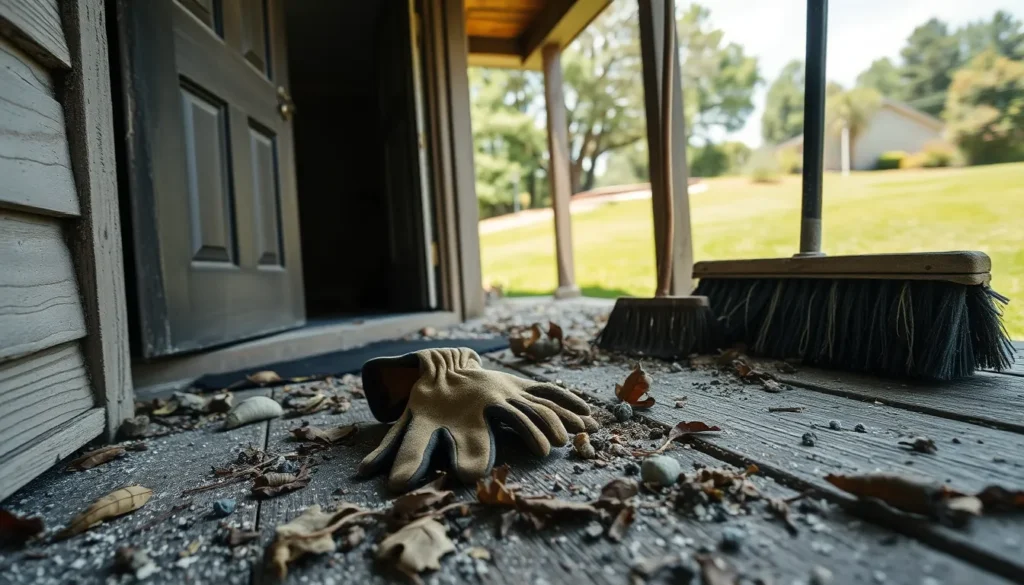Table of Contents
ToggleIn the world of real estate, one often overlooked issue is the presence of dust and debris. These elements may seem trivial at a glance, but they can significantly impact properties, both aesthetically and structurally. Understanding what dust and debris entail, their sources, and their implications is crucial for existing homeowners and potential buyers alike. This article delves into the ins and outs of dust and debris, providing insights into how they influence real estate properties and what can be done about them.
What Is Dust And Debris in Real Estate?

Dust and debris in real estate refer to the tiny particles and clutter that accumulate in residential and commercial properties.
Dust can come from a multitude of sources, including skin flakes, pollen, pet dander, and dirt that enters through windows and doors. Debris, on the other hand, typically consists of larger items such as leaves, broken branches, construction remnants, or everyday litter that can disrupt the cleanliness of a property. While these elements might seem inconsequential, they embody a larger issue of property maintenance and health. For instance, excessive dust buildup can signal air quality problems, while debris often attracts pests, leading to further complications.
Understanding these definitions and their implications is vital for effective property management.
Sources of Dust And Debris
Dust and debris come from both natural and human-made sources, and their presence is often exacerbated by environmental and lifestyle factors.
Natural Sources: These include elements like pollen from local plants, soil carried in by the wind, and organic matter such as leaves that accumulate around the property.
Human-Made Sources: Construction activities, especially in urban areas, can generate a significant amount of debris. Also, household activities like cooking, cleaning, and neglecting to maintain outdoor spaces can contribute to dust accumulation. Even the wear and tear on furniture and appliances can release particles into the air.
By understanding these sources, homeowners can take proactive steps toward managing dust and debris.
Impact of Dust And Debris on Properties
The impact of dust and debris on properties can be profound, affecting health, aesthetic appeal, and even property value.
Health Issues: Accumulated dust can degrade indoor air quality, leading to respiratory problems such as asthma or allergies, particularly in sensitive individuals. Dust mites thrive in neglected spaces, further aggravating these health issues.
Aesthetic Appeal: Properties covered in dust and debris can appear neglected, deterring potential buyers. A clean, well-maintained property is not only visually inviting but also suggests to buyers that the home has been cared for.
Property Value: Eventually, excessive dust and debris can lead to increased maintenance costs and affect the overall appraisal of a property. Homes plagued by dirt and neglect may face lower valuations, making it challenging to sell in a competitive market.
Cleaning And Managing Dust And Debris
To maintain a property’s integrity, regular cleaning and managing dust and debris is imperative.
Routine Cleaning: Establishing a routine cleaning schedule can help keep dust and debris at bay. This should include sweeping and vacuuming floors, dusting surfaces, and washing linens regularly. A focus on areas prone to dust accumulation, like vents and corners, can also mitigate larger issues.
Outdoor Management: Homeowners should also consider their outdoor spaces. Regularly removing yard waste, trimming bushes, and cleaning patios can prevent leaves and other debris from building up, which can lead to further pest issues.
Storage Solutions: Utilizing storage solutions for items that are not frequently used can help minimize clutter, reduce dust accumulation, and keep spaces looking tidy.
Preventive Measures for Homeowners
Preventing dust and debris from becoming an issue requires ongoing diligence.
Seal Entry Points: Homeowners should investigate and seal any cracks or gaps that may allow dust to enter the home. This includes windows, doors, and even outlets.
HVAC Maintenance: Regular maintenance on heating, ventilation, and air conditioning (HVAC) systems can further reduce dust circulation within the home. Changing air filters and cleaning ducts plays a crucial role in maintaining air quality.
Use of Doormats: Placing heavy-duty doormats at entry points can help trap dirt before it makes its way into the home, considerably reducing the overall dust levels.
When To Seek Professional Help
While home maintenance can often be handled independently, there are instances when seeking professional help becomes necessary.
Severe Allergies or Health Concerns: If family members experience severe allergies or respiratory issues exacerbated by dust, professional cleaning services may be warranted.
Large-Scale Cleaning Needs: When a house undergoes renovation or an extensive cleaning is required after long-term neglect, hiring professionals can save time and frustration.
Pest Infestations: If debris levels have attracted pests, enlisting the help of pest control specialists alongside deep cleaning may be essential to mitigate the issue effectively.
Conclusion
Dust and debris are more than just minor nuisances: they can significantly impact properties and the health of those living within them. Understanding their sources, effects, and establishing effective cleaning and preventive measures is essential for homeowners. By maintaining vigilance and seeking professional help when needed, the management of dust and debris can become a simpler and more effective affair, ensuring properties remain safe, aesthetically pleasing, and valued.







